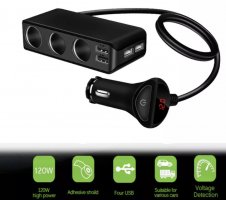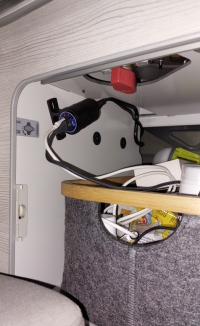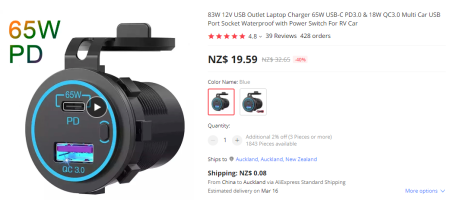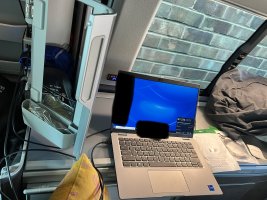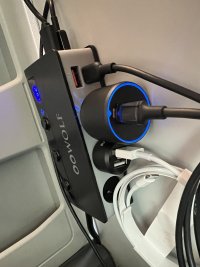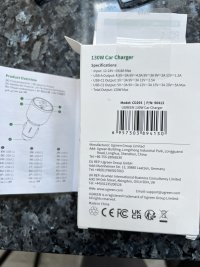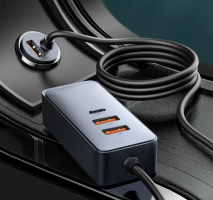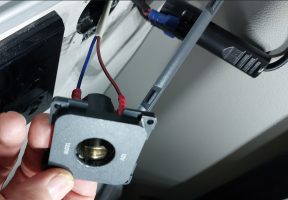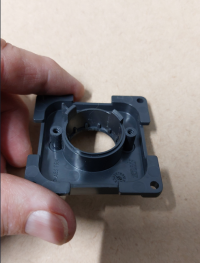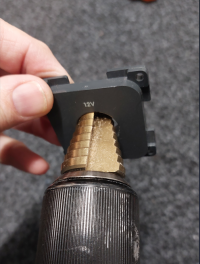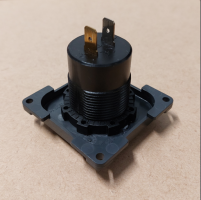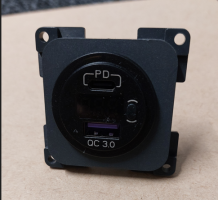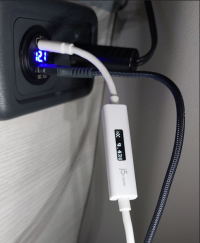NZCali
Does anyone have any hints on the best place to tap into a good 12v power line at the rear of the T6 Cali? The goal is to add a more accessible 12v socket when laying on the lower bed with your head near the rear door, e.g. to power a laptop or phone charger without having to drag an extra-long lead from the socket at the front of the kitchen.
The socket under the bed in the boot RHS is inaccessible from a made-up bed without going outside. (Yeah, tough life!) . I haven't been able to decode the wiring diagrams to find the physical location of plug connection points .
Some options:
- Wardrobe LHS? Is there a handy 12v to tap in there somewhere, or is it best to run a fused cable off the leisure battery at the bottom of the wardrobe and bring up to the wardrobe?
- Overhead locker - up high, maybe next to rear light on the RHS beside the locker?
- C-pillars - but both seem too full and wont take the depth of a cigarette socket.
- D-pillar RHS . Maybe cable from the exisiting 12v socket under the bed in the boot, and pull up through to the D-pillar area? Presumably a bit of deformation of the foam a/c 'tube' that runs beside the metal D-pillar wont be a concern, so no problem to install the socket beside the rear door light switch in the plastic D-pillar cover? (I struggled to find the correct method to remove the lower panelling).
Anyone had a crack at this before?
The socket under the bed in the boot RHS is inaccessible from a made-up bed without going outside. (Yeah, tough life!) . I haven't been able to decode the wiring diagrams to find the physical location of plug connection points .
Some options:
- Wardrobe LHS? Is there a handy 12v to tap in there somewhere, or is it best to run a fused cable off the leisure battery at the bottom of the wardrobe and bring up to the wardrobe?
- Overhead locker - up high, maybe next to rear light on the RHS beside the locker?
- C-pillars - but both seem too full and wont take the depth of a cigarette socket.
- D-pillar RHS . Maybe cable from the exisiting 12v socket under the bed in the boot, and pull up through to the D-pillar area? Presumably a bit of deformation of the foam a/c 'tube' that runs beside the metal D-pillar wont be a concern, so no problem to install the socket beside the rear door light switch in the plastic D-pillar cover? (I struggled to find the correct method to remove the lower panelling).
Anyone had a crack at this before?



